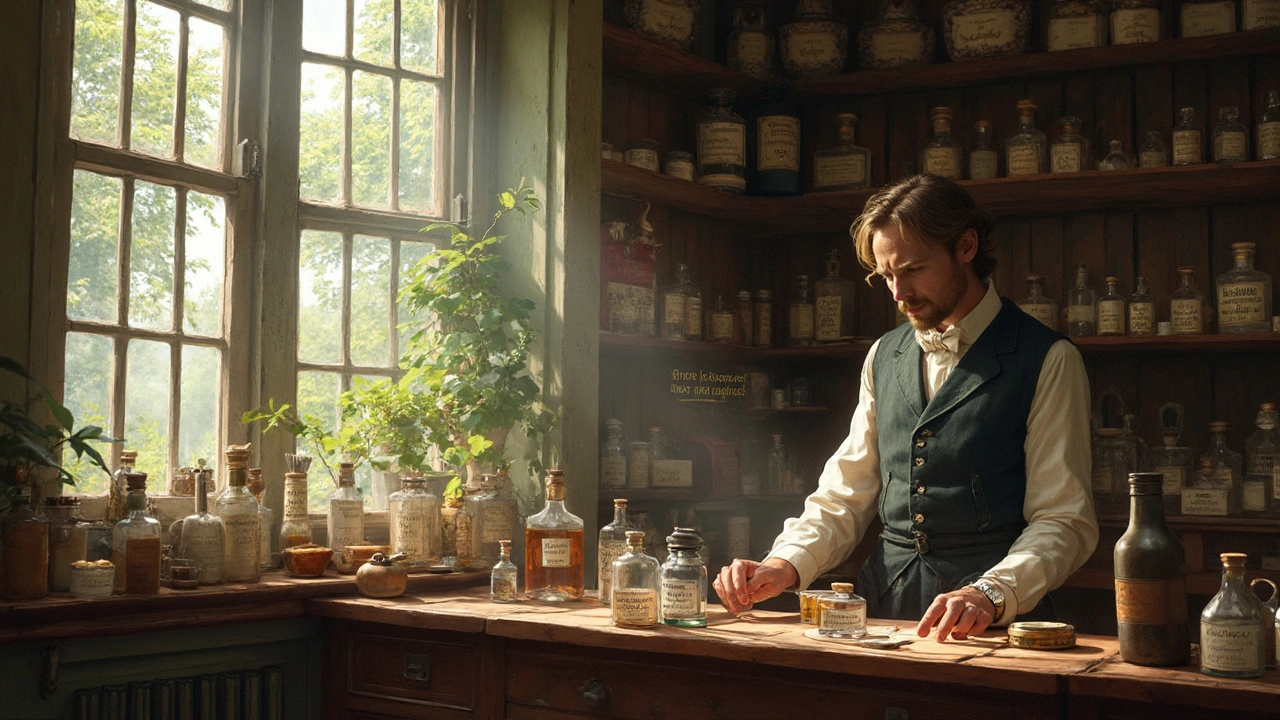Benzalkonium Chloride: What It Is and Why It Matters
You've probably seen the name benzalkonium chloride on a bottle of wipes, eye drops, or a hand sanitizer. It’s a chemistry term that actually hides a very useful chemical: a salt that kills germs and helps products stay stable. In plain words, it’s a potent antiseptic that works well in low concentrations, making it a staple in many household and medical items.
Common Everyday Uses
First off, cleaning. Many surface sprays and disinfecting wipes contain benzalkonium chloride because it wipes out bacteria without the harsh smell of bleach. It’s also the active ingredient in many over‑the‑counter eye drops, where it keeps the solution sterile while you soothe irritated eyes. If you’ve ever bought a nasal spray or a throat lozenge, chances are the preservative behind the scenes is benzalkonium chloride.
Beyond home care, the compound shows up in hospitals. It’s used to clean medical equipment, swab skin before injections, and even as a hand sanitizer in settings where alcohol‑based products might be too drying. Because it doesn’t evaporate quickly, it leaves a thin layer of protection that keeps microbes at bay for a while.
Safety and Side Effects
When used as directed, benzalkonium chloride is safe for most people. The key is concentration: in cleaning products it’s typically 0.1%‑0.2%, and in eye drops it’s even lower. Over‑exposure can irritate skin or eyes, so avoid splashing concentrated solutions directly onto your skin. If you notice redness, itching, or a burning feeling, rinse the area with water and stop using the product.
People with known sensitivities should read labels carefully. Some allergy‑prone individuals can react to the compound, especially in eye drops or nasal sprays. If you experience persistent irritation, talk to a pharmacist or doctor—sometimes a preservative‑free alternative is a better fit.
Another safety tip: never mix benzalkonium chloride products with bleach or ammonia. The chemical reaction can produce toxic fumes that are harmful to the lungs.
For parents, it’s good to know that many baby wipes use benzalkonium chloride, but the amount is tiny and generally considered safe. Still, if your baby shows signs of rash after a wipe, give the skin a break and switch to a fragrance‑free, preservative‑free option.
When it comes to storage, keep the bottle tightly sealed and store it away from direct sunlight. Heat can break down the compound faster, reducing its effectiveness. If a product looks cloudy or has changed color, discard it—its preservative power might be gone.
In summary, benzalkonium chloride is a versatile antiseptic that helps keep surfaces clean, eyes comfortable, and medical tools safe. Understanding where it appears and how to use it responsibly can save you from unnecessary irritation while letting you enjoy its germ‑killing benefits.
Next time you reach for a disinfecting wipe or eye drop, you’ll know the science behind the label and how to stay safe. Keep this guide handy, and you’ll make smarter choices about the products you use every day.

